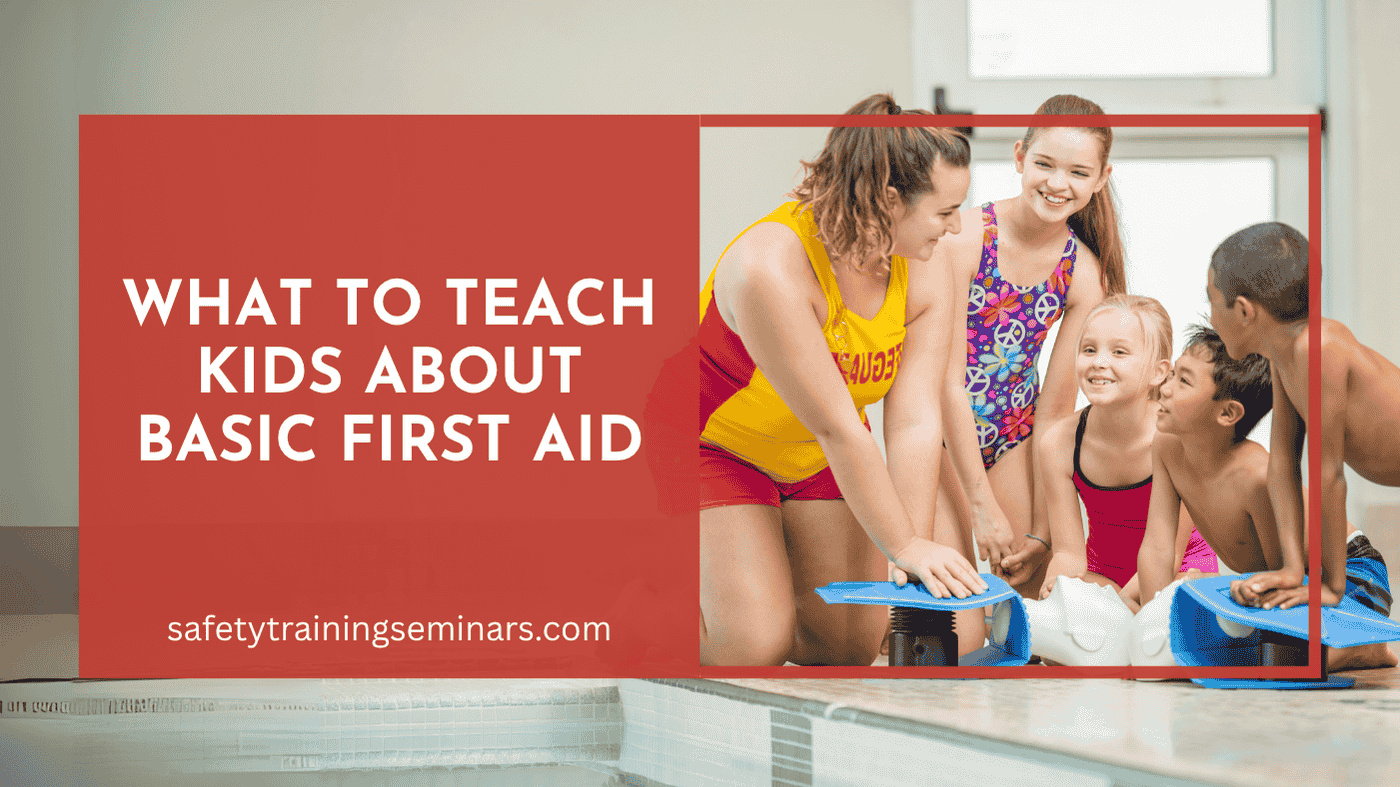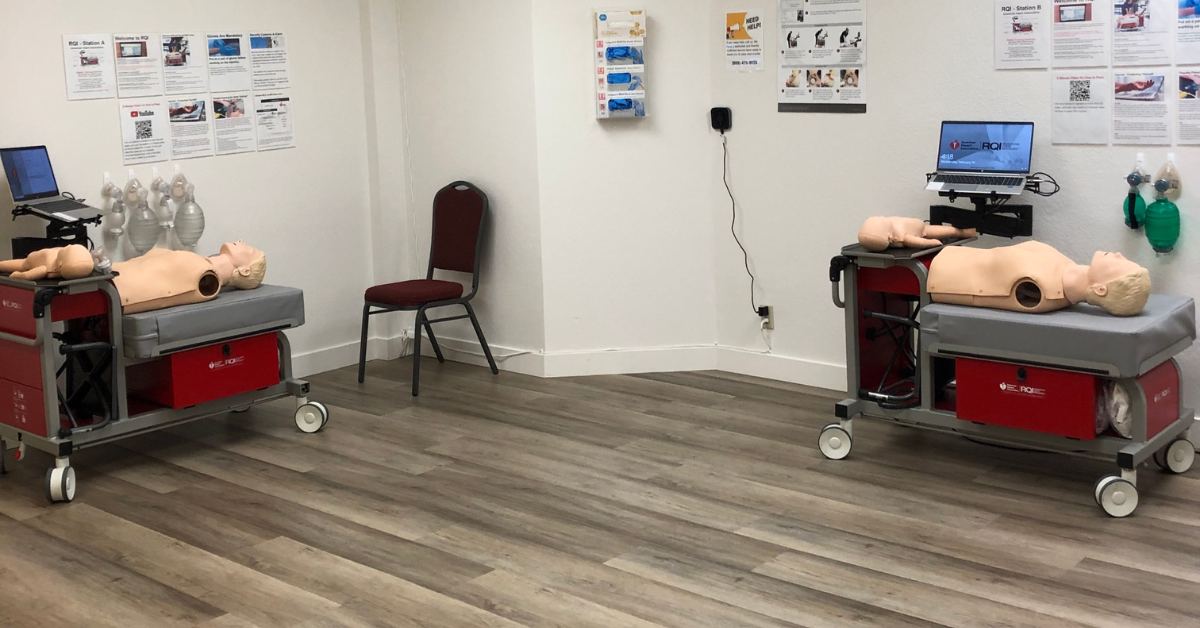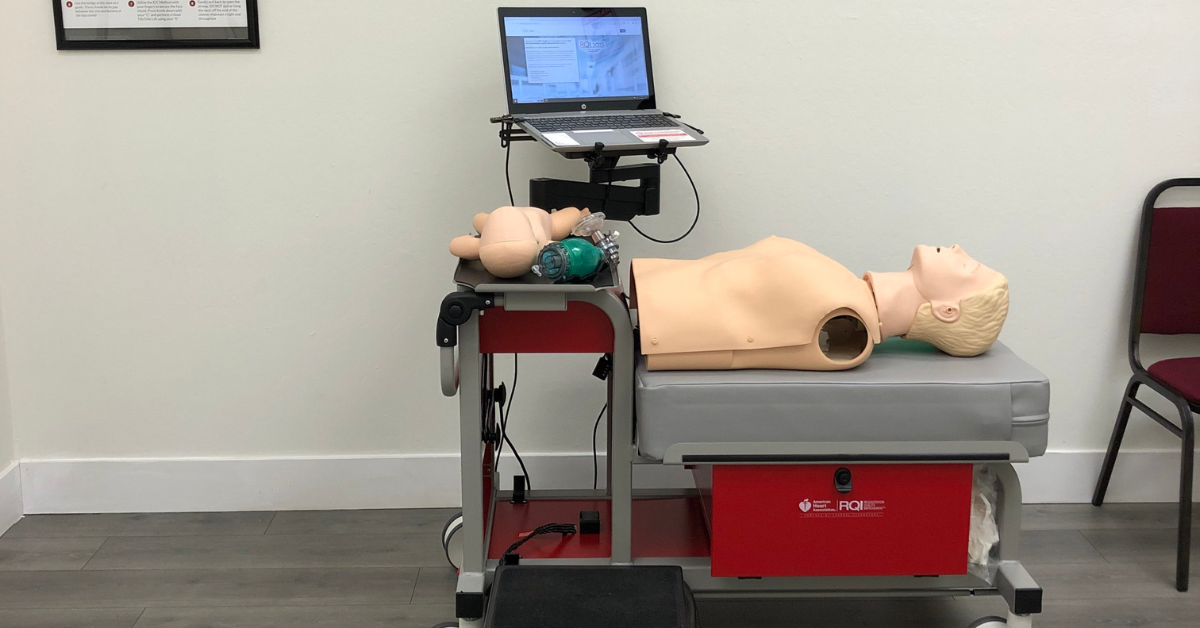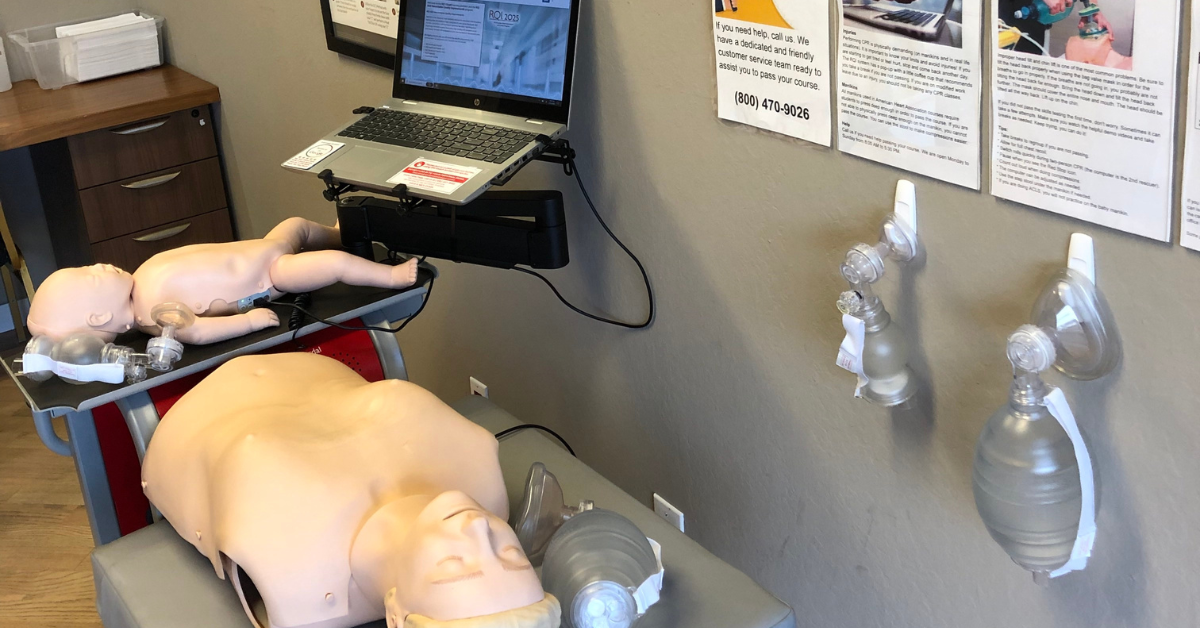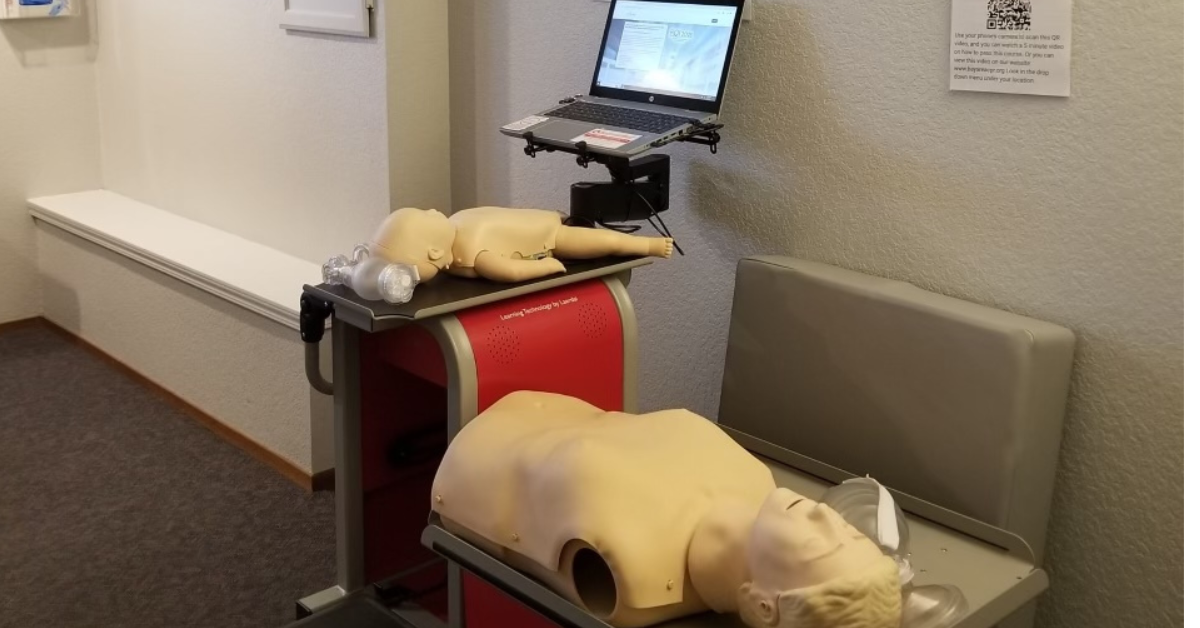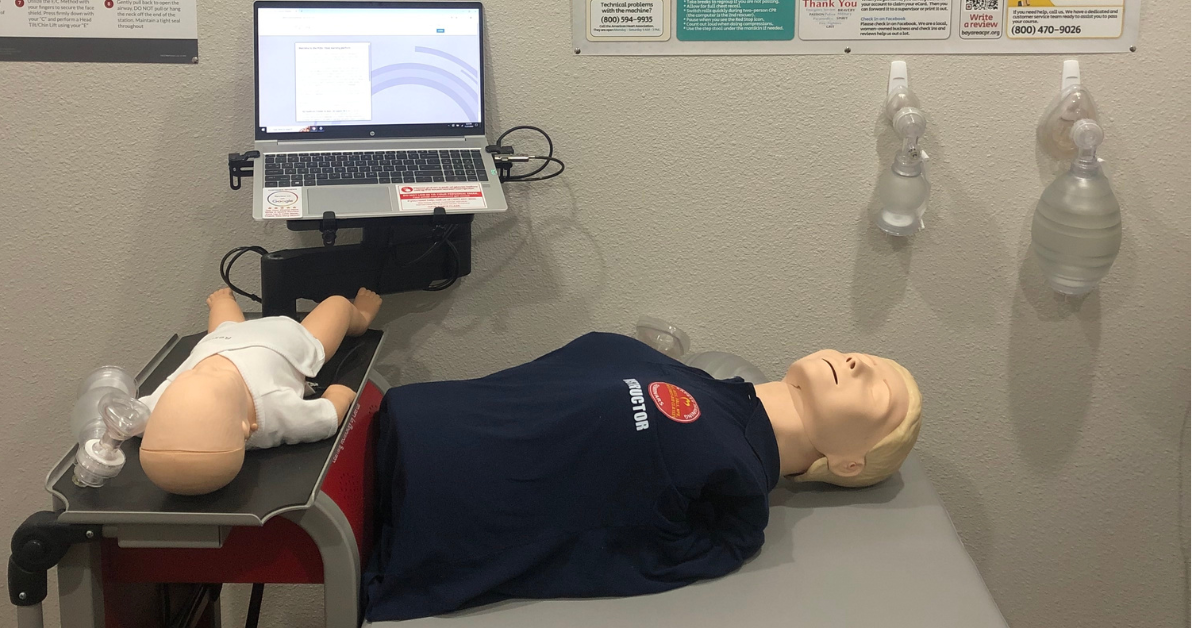Teaching kids first aid isn’t just about safety—it’s about building confidence and empowering young people to help others. When children learn basic medical skills, they develop problem-solving abilities and gain the knowledge to respond calmly during emergencies.
Studies show that children as young as 6 can learn basic first aid techniques. The earlier kids start learning these skills, the more natural they become. This guide covers everything parents and educators need to know about teaching first aid to children.
Why First Aid Education Matters for Kids
First aid education does more than teach medical techniques. It builds character and confidence in young people.
Building Confidence and Responsibility
When kids learn first aid, they feel more capable and responsible. They know they can help family members, friends, and even strangers during emergencies. This knowledge reduces anxiety and builds self-esteem.
Developing Problem-Solving Skills
First aid training teaches kids to stay calm under pressure. They learn to assess situations quickly and make good decisions. These problem-solving skills help them in many areas of life.
Creating a Culture of Safety
Children who learn first aid often become safety advocates. They remind others to wear helmets, wash cuts properly, and call for help when needed. This creates safer environments at home and school.
Basic First Aid Kit Essentials for Children
A well-stocked first aid kit is the foundation of emergency preparedness. Teaching kids about these supplies helps them understand their purpose and proper use.
Essential Items Every Kid Should Know
Bandages and Gauze
- Adhesive bandages (various sizes)
- Sterile gauze pads
- Medical tape
- Elastic bandages for sprains
Cleaning Supplies
- Antiseptic wipes
- Hydrogen peroxide
- Soap
- Clean water or saline solution
Tools and Medications
- Scissors
- Tweezers
- Thermometer
- Children’s pain reliever (with adult supervision)
- Instant cold packs
Emergency Information
- Emergency phone numbers
- Medical information cards
- Instructions for basic procedures
Teaching Kit Organization
Show kids how to organize supplies so they can find them quickly. Use clear containers and labels with pictures for younger children. Practice opening packages under supervision so kids know how items work.
Teaching Kids How to Handle Minor Injuries
Minor injuries happen frequently in childhood. Teaching kids to handle these situations builds their confidence and prevents small problems from becoming bigger ones.
Cuts and Scrapes
Step 1: Clean Your Hands
Teach kids to wash their hands before touching any wound. This prevents infection and shows them the importance of hygiene.
Step 2: Stop the Bleeding
Show children how to apply gentle pressure with a clean cloth. Explain that most small cuts stop bleeding quickly with pressure.
Step 3: Clean the Wound
Demonstrate how to rinse cuts with clean water. Teach kids to clean from the center outward to avoid pushing dirt into the wound.
Step 4: Apply a Bandage
Practice putting on bandages correctly. Show kids how to make sure the pad covers the entire wound without being too tight.
Burns
Cool Water Treatment
Teach kids to run cool (not cold) water over burns immediately. Explain that this helps reduce pain and prevents further damage.
When to Get Help
Children need to know when burns are too serious for self-treatment. Teach them to call for adult help with burns larger than a quarter or burns that blister.
Bumps and Bruises
Ice Pack Application
Show kids how to use cold packs safely. Teach them to wrap ice in a cloth and apply for 10-15 minutes at a time.
Recognizing Serious Injuries
Help children understand when bumps need medical attention. Teach warning signs like severe pain, inability to move, or changes in skin color.
What to Do in Case of Emergency
Emergency situations require quick thinking and clear actions. Teaching kids these steps helps them respond effectively when adults aren’t immediately available.
The Emergency Action Plan
Step 1: Stay Safe
Teach kids to check for dangers before helping others. They should never put themselves at risk.
Step 2: Call for Help
Children should know how to call 911 and what information to provide:
- Their name and location
- What happened
- How many people are hurt
- Whether the person is awake and breathing
Step 3: Provide Basic Care
Show kids how to keep injured people calm and comfortable while waiting for help. Teach them to talk to the person and provide reassurance.
Teaching Phone Skills
Practice making emergency calls with kids. Use real phones (without dialing) to make the experience realistic. Teach them to stay on the line until help arrives.
Recognizing Serious Emergencies
Help children identify situations that require immediate medical attention:
- Unconsciousness
- Difficulty breathing
- Severe bleeding
- Suspected broken bones
- Allergic reactions
Practicing Emergency Scenarios with Kids
Regular practice helps kids remember first aid skills and builds their confidence. Make these sessions engaging and age-appropriate.
Role-Playing Exercises
Scenario Practice
Create realistic situations for kids to practice:
- A friend falls and scrapes their knee
- Someone gets a nosebleed
- A family member burns their hand while cooking
Taking Turns
Let kids play both the injured person and the helper. This helps them understand both perspectives and builds empathy.
Making It Fun
First Aid Games
Turn learning into play with first aid-themed games:
- “What’s in the Kit?” matching games
- Simon Says with first aid actions
- Treasure hunts for first aid supplies
Storytelling
Create stories about characters who use first aid skills. This helps kids remember procedures and shows them how knowledge helps others.
Regular Review Sessions
Schedule monthly practice sessions to keep skills fresh. Review previous lessons and introduce new concepts gradually. Celebrate progress and acknowledge improvement.
Finding Certified Training for Kids and Adults
While home teaching is valuable, professional training provides comprehensive education and certification. Safety Training Seminars offers excellent programs for families wanting formal first aid education.
Benefits of Professional Training
Certified Instructors
Professional trainers have extensive experience and follow established curricula. They can answer complex questions and provide hands-on guidance.
Comprehensive Coverage
Formal courses cover topics that parents might miss. They include CPR training, AED use, and advanced first aid techniques.
Certification Cards
Many programs provide certificates that kids can display proudly. These credentials may be required for certain activities or jobs later in life.
Safety Training Seminars Programs
Safety Training Seminars offers family-friendly first aid courses throughout Northern California. Their programs include:
CPR and First Aid Classes
These courses teach both basic and advanced life-saving skills. They cover adult, child, and infant CPR techniques.
Pediatric-Focused Training
Specialized courses focus on helping children and infants, such as our Pediatric CPR & First Aid course. These programs are perfect for parents, teachers, and childcare providers.
Flexible Scheduling
With over 65 locations and daily classes, Safety Training Seminars makes it easy to fit training into busy schedules.
Choosing the Right Program
Look for programs that:
- Are age-appropriate for your children
- Include hands-on practice
- Provide take-home materials
- Offer recertification options
- Have experienced instructors
Age-Appropriate First Aid Education
Different ages require different approaches to first aid education. Tailor your teaching methods to match children’s developmental stages.
Ages 4-6: Foundation Building
Simple Concepts
Focus on basic safety rules and getting adult help. Teach kids to recognize emergencies and know who to call.
Visual Learning
Use pictures, songs, and games to teach concepts. Young children learn best through repetition and play.
Ages 7-10: Skill Development
Basic Techniques
Introduce simple first aid procedures like cleaning cuts and applying bandages. Practice these skills regularly.
Responsibility Building
Give kids age-appropriate responsibilities in emergency situations. They can comfort injured people and help gather supplies.
Ages 11+: Advanced Skills
Complex Procedures
Teach more advanced techniques like CPR and proper wound care. Older kids can handle more responsibility.
Leadership Roles
Encourage older children to help teach younger kids. This reinforces their learning and builds leadership skills.
Common First Aid Mistakes to Avoid
Teaching kids what NOT to do is as important as teaching correct procedures. Address these common mistakes early.
Dangerous Assumptions
“Small Cuts Don’t Matter”
Teach kids that all wounds need proper care. Even small cuts can become infected without proper treatment.
“Ice Fixes Everything”
Explain when cold treatment helps and when it doesn’t. Ice can damage tissue if used incorrectly.
Improper Techniques
Moving Injured People
Teach kids never to move someone who might have a spine injury. They should call for help and keep the person still.
Removing Embedded Objects
Show kids how to stabilize objects stuck in wounds rather than removing them. Removal can cause more damage.
Building Long-Term First Aid Habits
First aid education should be ongoing, not a one-time event. Help kids develop habits that will serve them throughout life.
Regular Skill Updates
Annual Reviews
Schedule yearly first aid refreshers to update skills and introduce new concepts. This keeps knowledge current and relevant.
Following Current Guidelines
First aid recommendations change as medical knowledge advances. Stay informed about current best practices.
Encouraging Continued Learning
Advanced Courses
As kids get older, encourage them to take more advanced first aid courses. This builds on their foundation and develops expertise.
Volunteer Opportunities
Look for ways kids can use their first aid skills in community service. This reinforces learning and helps others.
Empowering the Next Generation of First Responders
Teaching kids first aid creates confident, capable young people who can help others in emergencies. These skills build character, develop problem-solving abilities, and create safer communities.
Start with age-appropriate basics and gradually build complexity as children grow. Use hands-on practice, engaging activities, and regular review to reinforce learning. Most importantly, consider professional training to ensure kids receive comprehensive, up-to-date education.
Safety Training Seminars offers excellent programs for families throughout California. Their certified instructors provide quality education in convenient locations with flexible scheduling. Whether you’re starting with basic concepts or advancing to CPR certification, they have programs to meet your family’s needs.
Remember, the goal isn’t to create mini-paramedics but to build confident kids who can respond appropriately in emergencies. When children learn these vital skills, they carry them throughout life, potentially saving lives and making their communities safer for everyone.
When looking for top-rated CPR training options near San Francisco, accessibility and certification matter most. Locations offering BLS CPR Classes in Pleasanton and BLS CPR Classes in Woodland provide American Heart Association-approved instruction that prepares you for real-life emergencies with confidence and skill.


